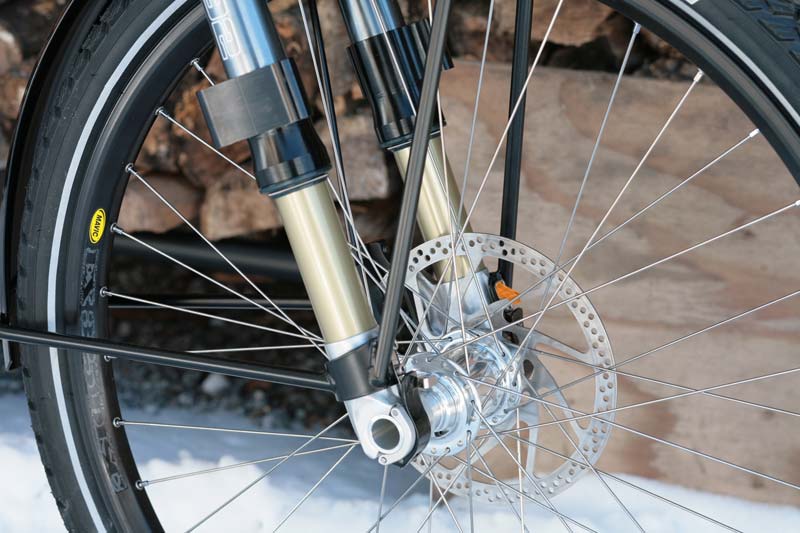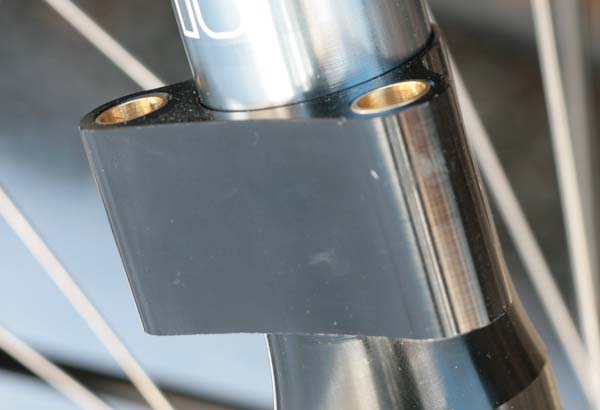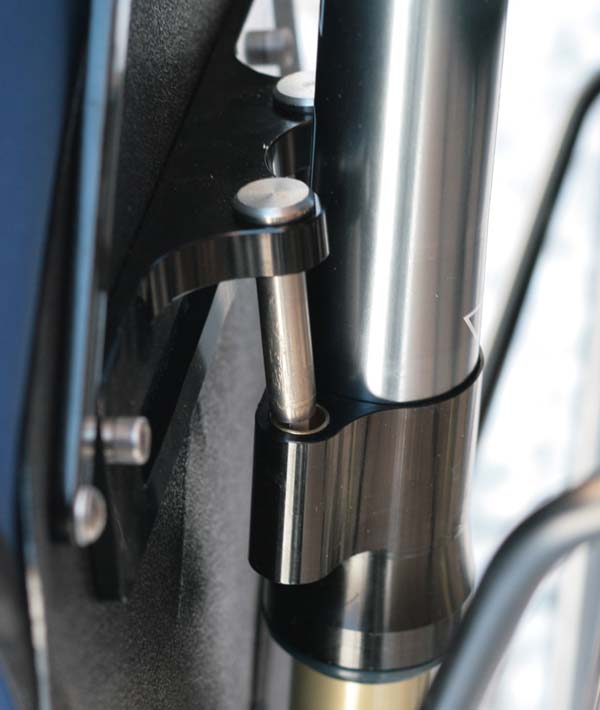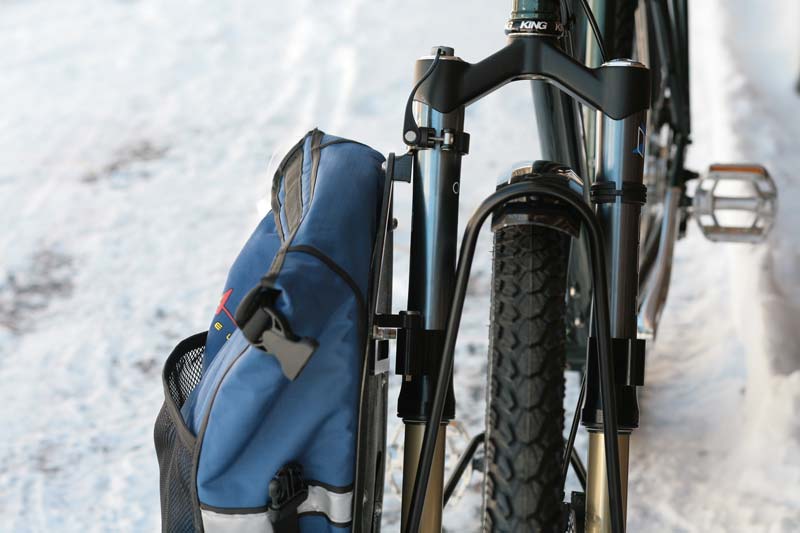For starters - less is USUALLY more when touring by bicycle. Bicycles are by nature a very simple machine, but people tend to want to complicate things almost for the sake of the effort.
Not that 29er and I are anything special, but we did a pretty strait forward 100 mile singletrack tour all above 9,000 feet in late fall on single speeds with no racks, no panniers, and Greg rides rigid. Easy. I think the one luxury we might have enjoyed might have been lower gears, but there's really no need to get overly complicated. I think lots of guys will make this overly complicated as that's just what some guys do, but the fact is, you really don't need all that much.
Personally, if you go off-piste, you'll probably come to regret many of those complications. Extra gear for example. Sure you might feel you need 50 pounds of gear, but wait until you have to push your bike 2 miles up and over some alpine pass....yuk. Or, you may think you need full suspension until your pivot bolt shells out or a seal blows.
Our own forum resident in last year's Colorado Trail race was foiled by a hydrolic brake and a derailleur hanger.
29er and I have two friends who've toured on and off-piste for literally tens of thousands of miles and their "expedition" bikes of choice were garden variety Specialized Rockhoppers fitted with top shelf Old Man Mountain racks and Vaude panniers.
Less is more.
Now that I think about it, my two most favorite tours were done on super basic bikes. I did a 400 mile off-piste tour of the Atlas Mountains in Morocco on a pretty darn cheap La Pierre mountain bike and a courier bag. I also rode from Dijon France to Sienna, Italy with again...a courier bag on the same bike I used for road racing. The best "expedition" bike is the one under your butt.




